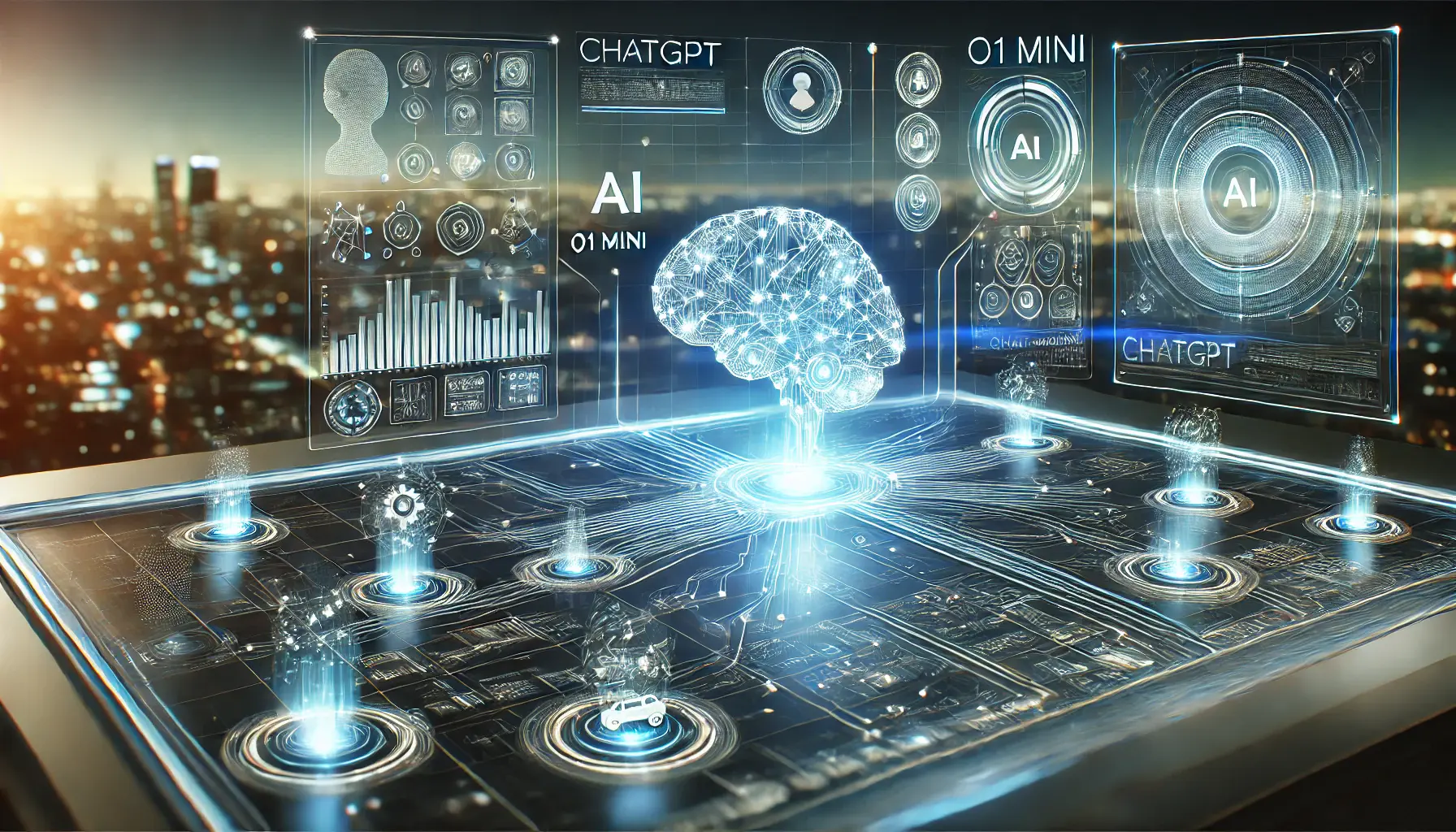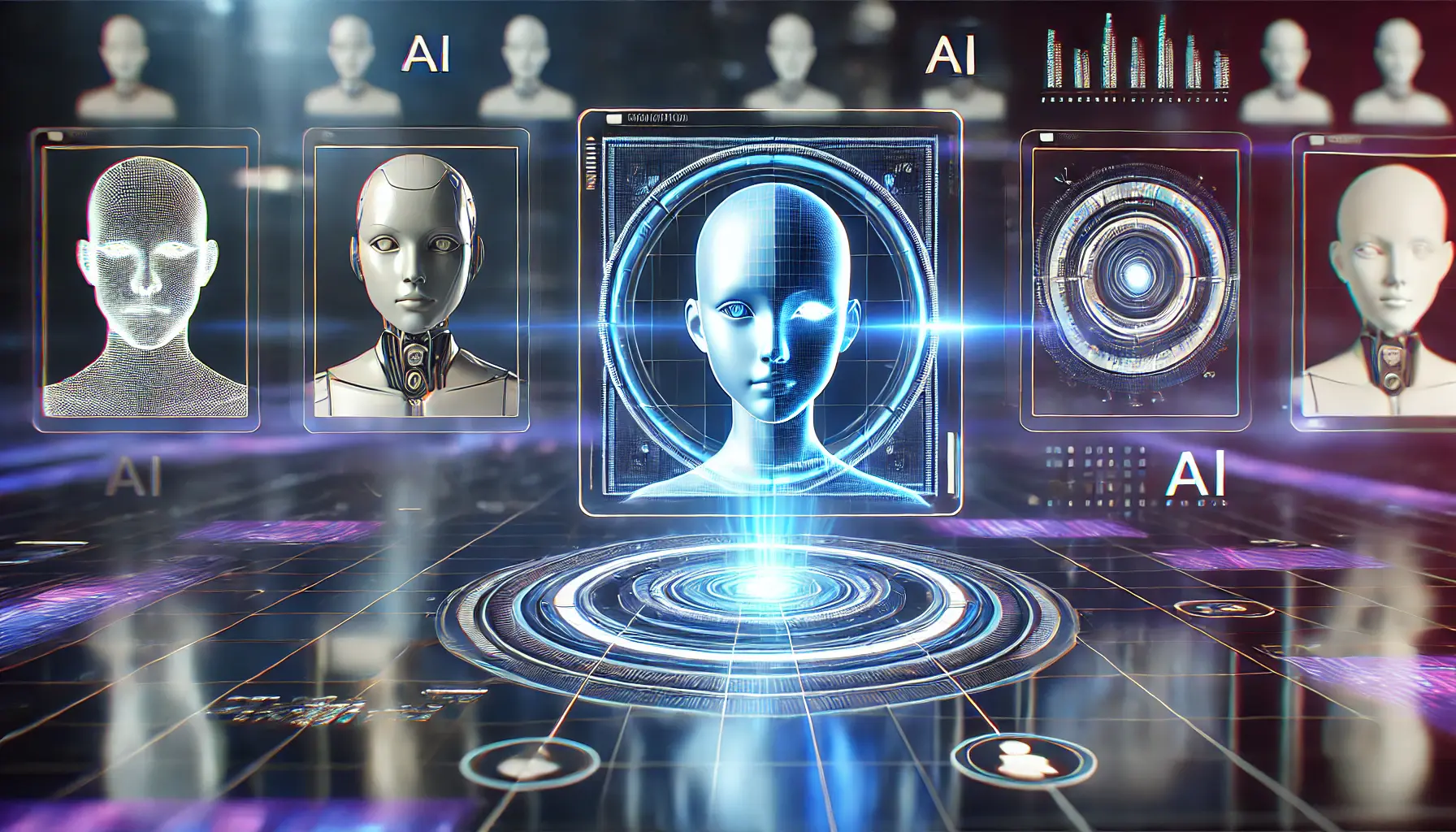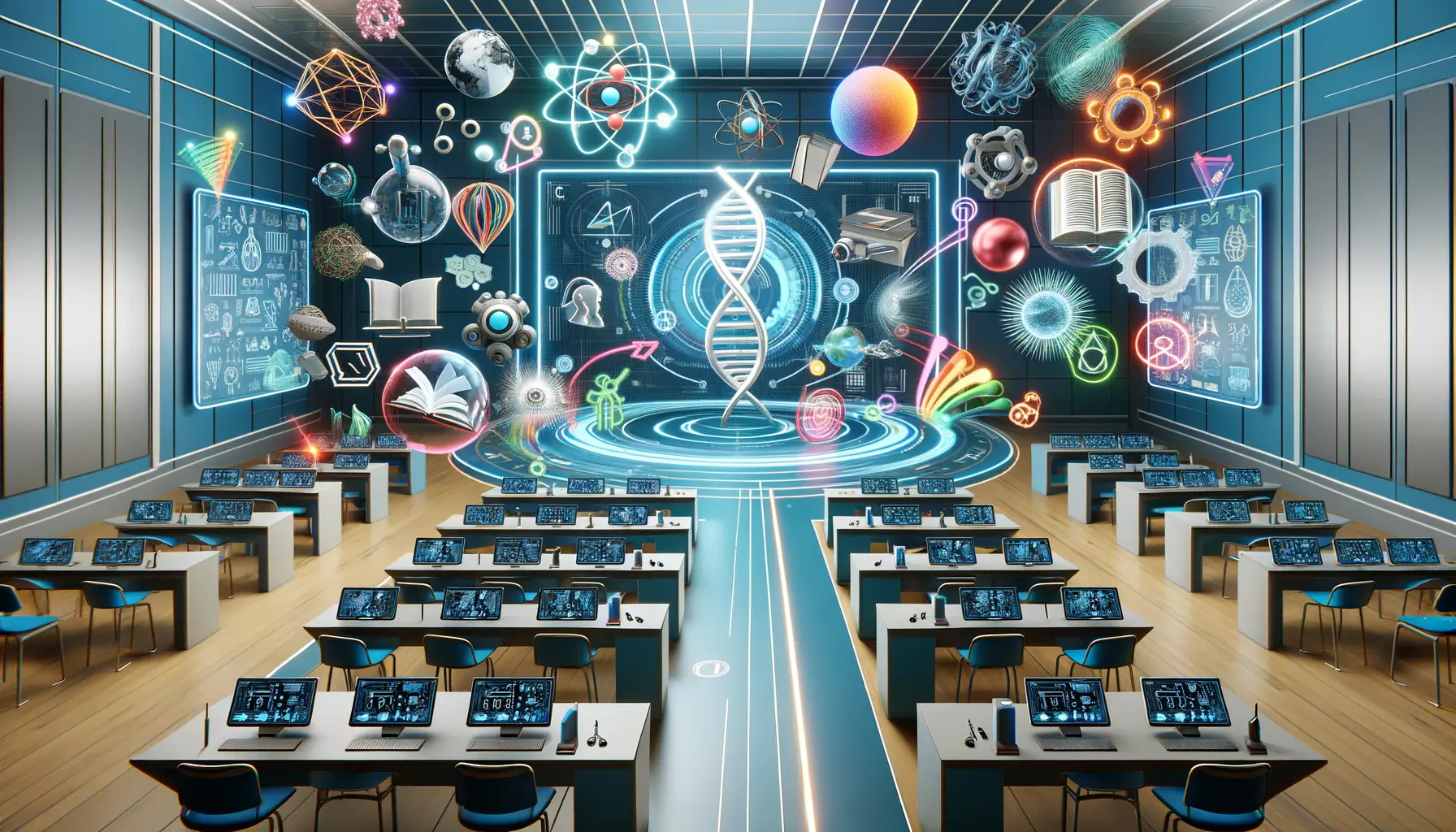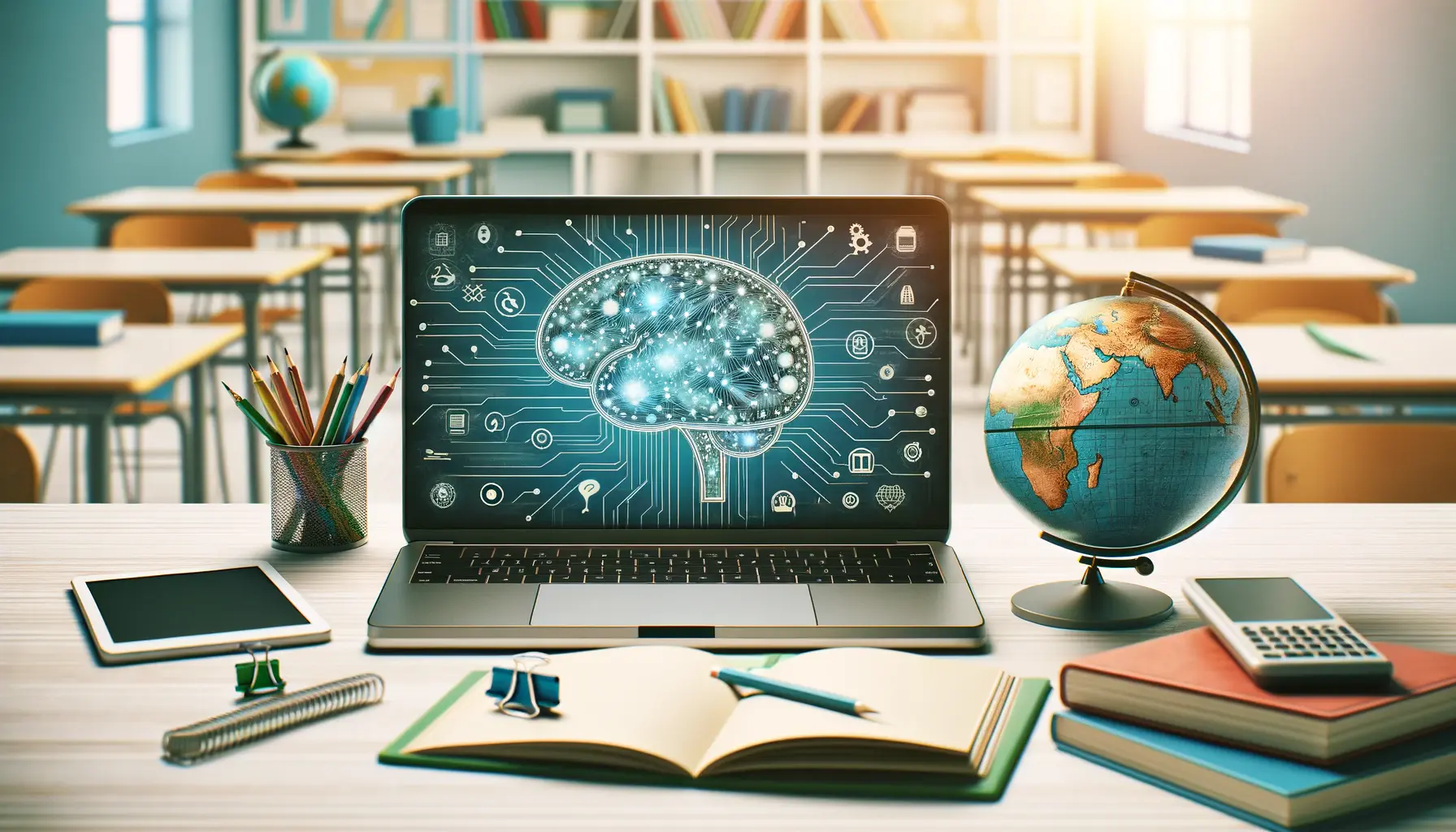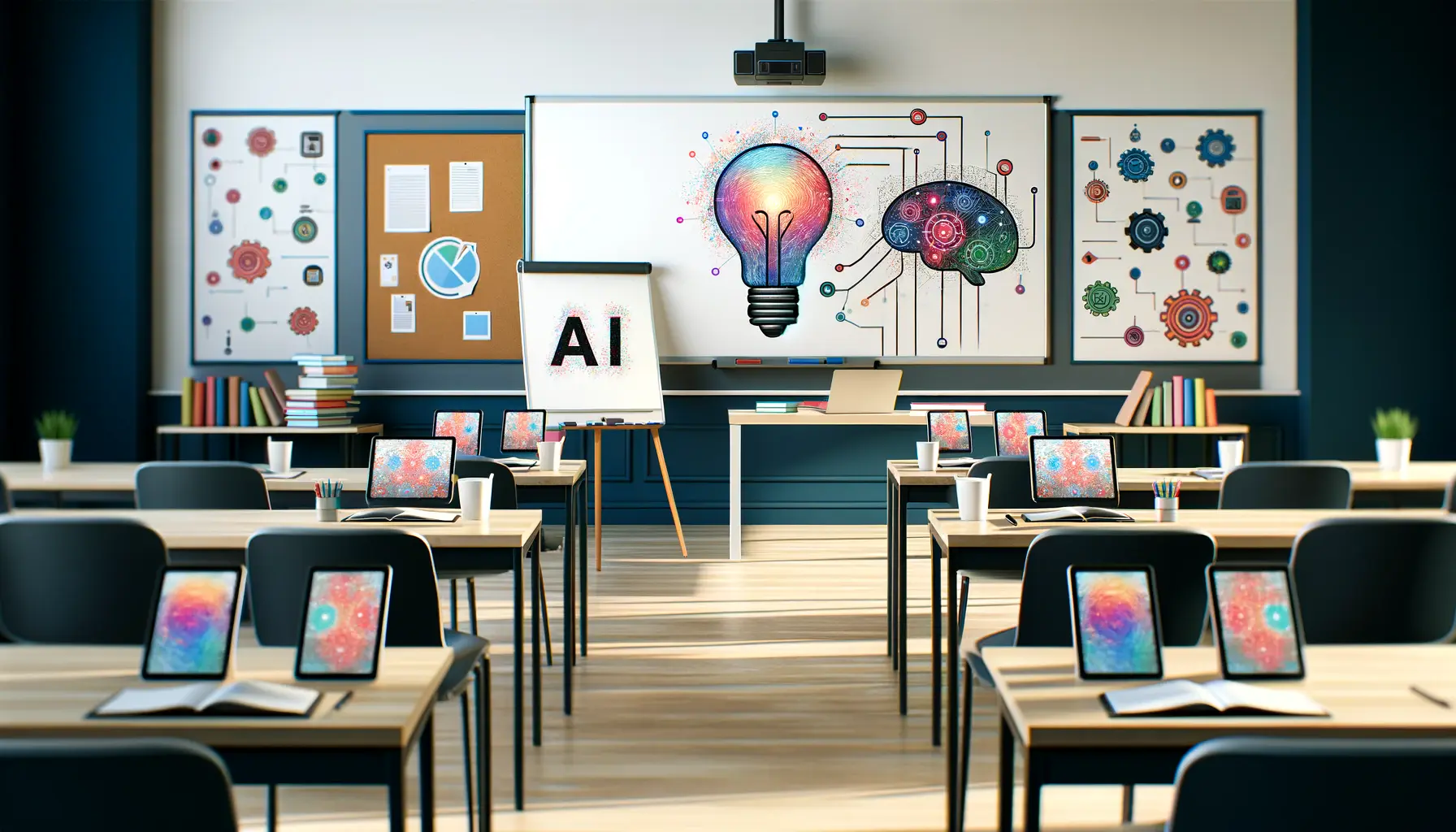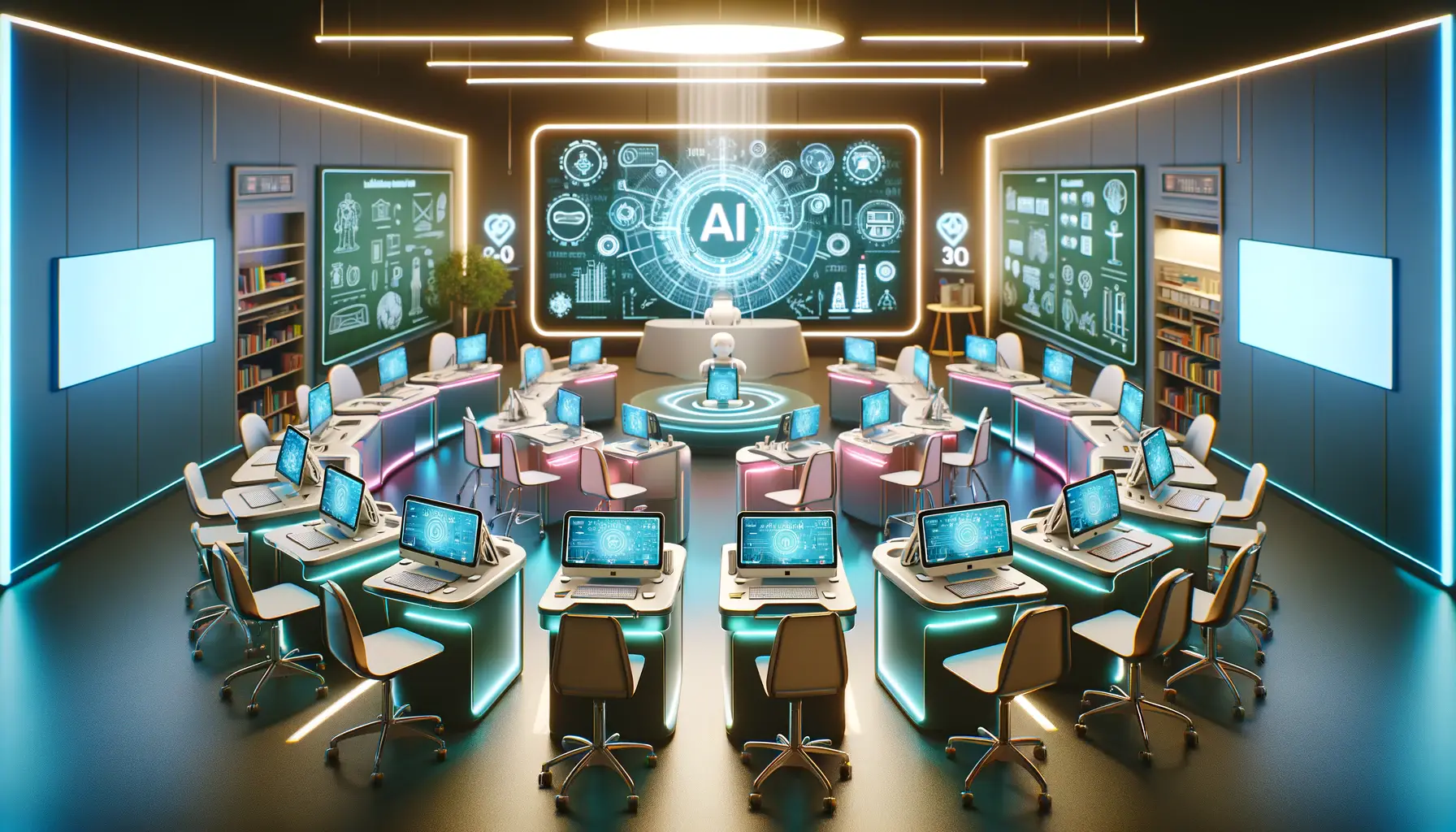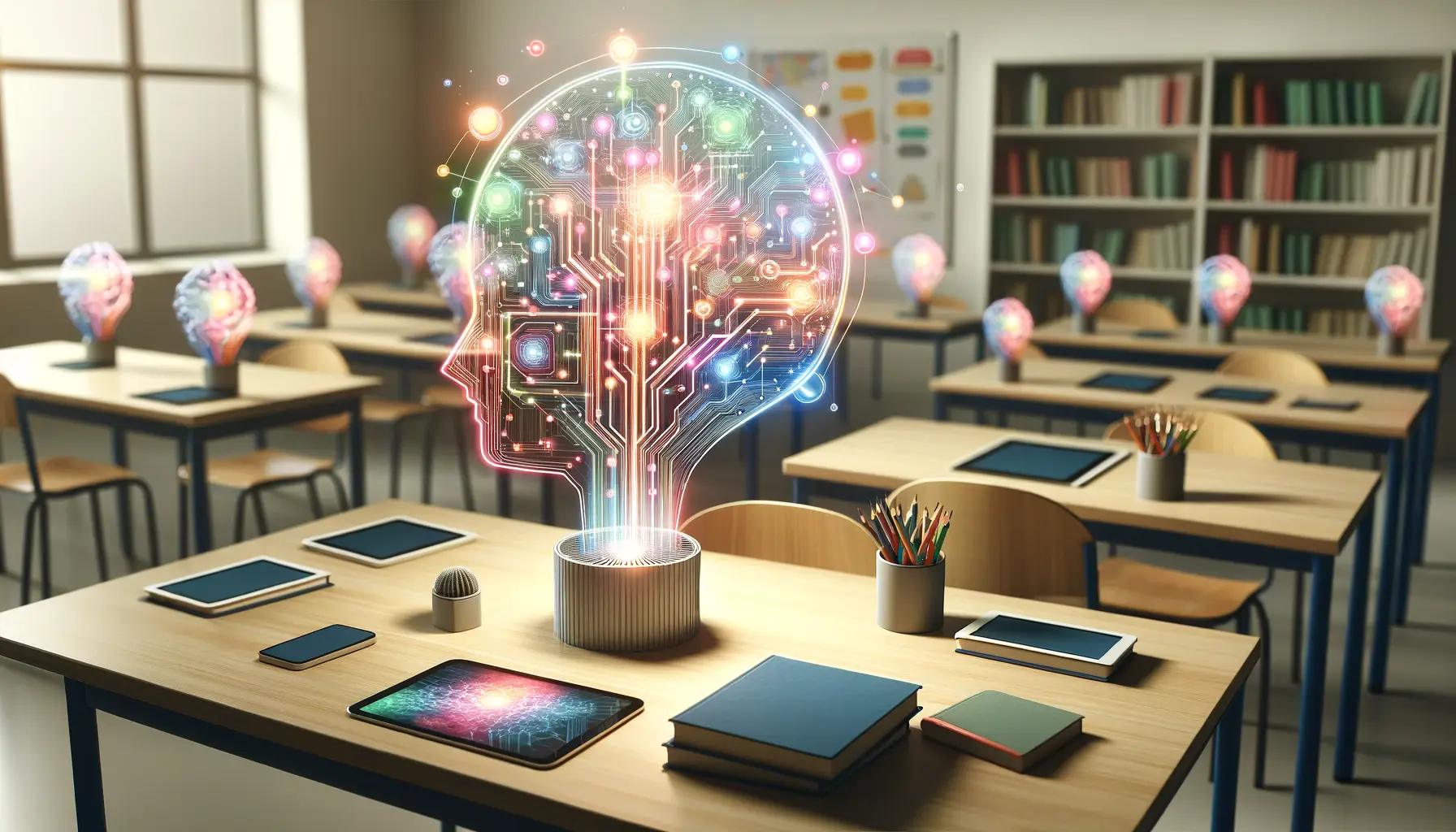The advent of artificial intelligence (AI) in the educational sector has opened up new avenues for teaching and learning, fundamentally altering how knowledge is disseminated and absorbed.
Among the plethora of AI tools available, Google’s Bard stands out as a beacon of innovation, promising to revolutionize the educational landscape.
This article delves into the multifaceted potential of Google’s Bard, exploring its capabilities and the transformative impact it could have on education.
Google’s Bard, an AI-powered tool, is designed to enhance the learning experience by providing personalized assistance and interactive learning opportunities.
Its integration into educational settings heralds a new era of instruction, one that is more engaging, efficient, and tailored to individual learning styles.
The potential of Google’s Bard in education is vast, ranging from simplifying complex concepts to offering real-time assistance and feedback.
- The Role of AI in Personalizing Education
- Teacher Productivity and Classroom Efficiency
- Facilitating Collaborative Learning and Creativity
- Potential Educational Barriers with AI
- Preparing Students for the Future Workforce
- Continuous Learning and Professional Development
- Challenges and Considerations in Implementing AI in Education
- Embracing the Future of Education with Google’s Bard
- FAQs on Google’s Bard in Education
The Role of AI in Personalizing Education
The cornerstone of Google’s Bard’s appeal lies in its ability to personalize the educational experience.
Traditional teaching methods often struggle to cater to the diverse needs of students, but Bard’s AI-driven approach allows for customization in learning that was previously unattainable.
By analyzing individual student responses and learning patterns, Bard can adjust its teaching methods and content delivery in real-time, ensuring that each student receives instruction that is best suited to their learning pace and style.
This personalization extends beyond mere content delivery.
Bard is capable of identifying areas where students may need additional support, offering targeted exercises and feedback to help them overcome their challenges.
This not only enhances learning outcomes but also contributes to a more inclusive learning environment where every student has the opportunity to succeed.
Interactive Learning and Engagement
Engagement is critical in the learning process, and Bard leverages interactive elements to captivate students’ attention.
Through the use of simulations, interactive quizzes, and gamified learning experiences, Bard transforms traditional, passive learning into an active and enjoyable process.
This not only makes learning more interesting but also aids in the retention of information and the development of critical thinking skills.
Moreover, Bard’s ability to generate dynamic content such as diagrams, illustrations, and even virtual reality experiences brings abstract concepts to life.
This visual and interactive approach to learning helps demystify complex subjects, making them more accessible and understandable to students of all ages.
Incorporating Bard into the classroom can significantly enhance the learning experience by making it more personalized, interactive, and engaging.
Teacher Productivity and Classroom Efficiency
The integration of Google’s Bard into educational frameworks not only benefits students but also empowers teachers by enhancing productivity and classroom efficiency.
With Bard’s AI capabilities, educators can streamline their workflow, automate repetitive tasks, and dedicate more time to interactive teaching and personalized student engagement.
One of Bard’s most significant contributions to education is its ability to automate the grading process.
By handling the time-consuming task of grading quizzes and assignments, Bard frees up teachers to focus on more critical aspects of their job, such as lesson planning and one-on-one student interactions.
This shift in focus from administrative tasks to teaching can lead to a more dynamic and effective learning environment.
Curriculum Development and Resource Generation
- Bard assists educators in developing comprehensive and up-to-date curricula by providing access to a vast repository of information and resources. This enables teachers to incorporate the latest developments in their field into their lesson plans, ensuring that students receive the most current and relevant education.
- Furthermore, Bard can generate educational resources such as worksheets, presentations, and study guides tailored to the curriculum’s needs. This not only saves time but also ensures that the materials are customized to enhance the learning experience for students.
Real-time Assistance and Feedback
- Bard acts as a virtual teaching assistant, available to answer student queries in real-time. This immediate feedback loop helps students clarify doubts on the spot, promoting a deeper understanding of the subject matter.
- For teachers, Bard’s real-time analytics provide insights into student performance and understanding, allowing for timely intervention and support where necessary. This data-driven approach helps educators identify and address learning gaps, ensuring that no student is left behind.
By leveraging Bard’s capabilities, educators can enhance their teaching methodologies, making the educational process more efficient, personalized, and responsive to the needs of their students.
Facilitating Collaborative Learning and Creativity
Collaborative learning is a cornerstone of modern education, emphasizing the importance of interaction and teamwork among students.
Google’s Bard is uniquely positioned to facilitate this collaborative spirit by providing platforms and tools that encourage collective problem-solving and project-based learning.
Through Bard, students can work together on assignments, share ideas, and provide feedback to one another, all within a guided and supportive AI-enhanced environment.
Beyond mere collaboration, Bard also plays a pivotal role in fostering creativity within the classroom.
By presenting students with open-ended questions, challenging them with creative tasks, and offering a plethora of resources for exploration, Bard stimulates imaginative thinking and innovation.
This not only enriches the learning experience but also prepares students for the creative demands of the modern workforce.
Project-Based Learning
- Bard can guide students through the completion of complex projects, from the brainstorming phase to execution, by offering research assistance, organizing ideas, and suggesting improvements. This hands-on approach to learning through doing enhances comprehension and retention of knowledge.
- Additionally, Bard’s ability to integrate with various tools and platforms means that students can collaborate on projects in real-time, regardless of their physical location. This global classroom concept breaks down geographical barriers, allowing for a more diverse and enriching educational experience.
Encouraging Exploration and Inquiry
- With Bard, students are encouraged to ask questions and pursue their interests, fostering a culture of inquiry and lifelong learning. Bard’s expansive database provides immediate answers to a wide range of questions, sparking curiosity and encouraging further exploration.
- This exploration is not limited to academic subjects but extends to real-world skills and hobbies, making learning more relevant and engaging for students. Bard’s versatility in covering various topics and skills means that every student can find something that piques their interest.
Bard’s influence extends beyond traditional learning, promoting a collaborative, creative, and inquiry-based educational environment that prepares students for both academic and real-world challenges.
Potential Educational Barriers with AI
The advent of AI tools like Google’s Bard in the educational sector offers promising solutions to longstanding barriers to learning.
By harnessing the power of AI, educators and institutions can address issues of accessibility, provide support for students with learning disabilities, and bridge the educational divide that exists in various parts of the world.
Google’s Bard, with its adaptive learning algorithms, can tailor educational content to suit the needs of students with diverse learning styles and abilities.
This personalized approach ensures that learning is accessible to everyone, including those who may have been marginalized by traditional educational methods.
Supporting Diverse Learning Needs
- Bard’s AI-driven platform can adjust the complexity of language, pace of instruction, and type of content to meet the individual needs of students, making education more inclusive. This is particularly beneficial for students with learning disabilities, for whom traditional teaching methods may not be effective.
- Furthermore, Bard can provide alternative formats for learning materials, such as audio descriptions or interactive simulations, which can be invaluable for students with visual or auditory impairments.
Democratizing Education Globally
- One of Bard’s most significant impacts is its potential to democratize education on a global scale. By providing high-quality educational resources and real-time assistance, Bard can help bridge the gap between students in resource-rich and resource-poor environments.
- Moreover, Bard’s multilingual capabilities mean that it can serve students in their native languages, breaking down language barriers and making education more accessible to non-English speakers around the world.
AI tools like Google’s Bard are not just enhancing the quality of education; they are making it more accessible, inclusive, and equitable for students across the globe.
Preparing Students for the Future Workforce
The integration of Google’s Bard into education is not just about enhancing current learning experiences; it’s also about preparing students for the future workforce.
The skills required in the modern job market are rapidly evolving, with a growing emphasis on digital literacy, problem-solving, and adaptability.
Bard, with its advanced AI capabilities, is perfectly positioned to equip students with these essential skills.
Through interactive learning and real-time problem-solving exercises, Bard helps students develop critical thinking and analytical skills.
These competencies are invaluable not only in academic settings but also in navigating the complexities of the modern workplace.
Enhancing Digital Literacy
- In today’s digital age, proficiency in technology is not optional; it’s a necessity. Bard familiarizes students with AI and machine learning concepts, ensuring they are comfortable with technology and understand its potential and limitations.
- This exposure to AI tools like Bard also encourages students to think about the ethical implications of technology, fostering a generation of responsible digital citizens.
Fostering Innovation and Creativity
- The ability to think creatively and innovate is highly prized in the workforce. Bard’s interactive projects and open-ended questions stimulate creative thinking, encouraging students to explore new ideas and solutions.
- By providing a safe space for experimentation and failure, Bard helps students develop resilience and a growth mindset—qualities that are critical for success in any career.
By equipping students with digital literacy, problem-solving skills, and a creative mindset, Bard is helping to prepare them for the challenges and opportunities of the future workforce.
Continuous Learning and Professional Development
The landscape of education is shifting towards a model of continuous learning and professional development, recognizing that learning does not end with formal education.
Google’s Bard plays a crucial role in this new paradigm, offering tools and resources for lifelong learning and skill enhancement.
This AI-driven approach to education ensures that individuals can stay current with the latest knowledge and skills throughout their careers.
Bard’s vast repository of information and learning resources makes it an invaluable asset for professionals seeking to update their skills or pivot to new fields.
Its ability to provide personalized learning paths based on individual goals and interests facilitates a more efficient and targeted approach to professional development.
Adapting to Rapid Technological Changes
- In an era where technological advancements are constant, staying abreast of new tools, languages, and methodologies is essential. Bard’s real-time updates and access to the latest research and trends ensure that learners are always at the cutting edge of their field.
- Moreover, Bard can simulate real-world scenarios and challenges, allowing learners to apply new knowledge in practical contexts, thereby enhancing their understanding and retention.
Expanding Horizons Beyond Traditional Fields
- Bard encourages exploration beyond traditional academic and professional boundaries, fostering a culture of curiosity and innovation. This exploration is vital in today’s interdisciplinary and interconnected world, where the boundaries between fields are increasingly blurred.
- By facilitating access to a wide range of subjects and skills, Bard enables learners to develop a more holistic understanding of their field and discover new areas of interest and opportunity.
Google’s Bard is not just transforming education; it’s redefining the very concept of learning, making it a continuous, lifelong journey that extends beyond the classroom and into the realm of professional development.
Challenges and Considerations in Implementing AI in Education
While the potential of Google’s Bard and similar AI tools in transforming education is immense, their implementation is not without challenges.
It is crucial to navigate these challenges thoughtfully to ensure that the integration of AI in education enhances rather than detracts from the learning experience.
Addressing these concerns requires a collaborative effort among educators, technologists, and policymakers to create an educational environment that leverages AI’s strengths while mitigating its limitations.
One of the primary concerns is ensuring data privacy and security.
As AI tools like Bard process vast amounts of personal information, safeguarding student data against breaches is paramount.
This necessitates robust security measures and transparent data policies to protect sensitive information.
Ensuring Equitable Access
- Another significant challenge is ensuring equitable access to AI-powered educational tools. Disparities in access to technology can exacerbate existing educational inequalities, making it essential to implement strategies that make AI tools like Bard accessible to all students, regardless of their socio-economic background.
- This includes investing in infrastructure, providing affordable devices, and offering training for educators to effectively integrate AI into their teaching practices.
Addressing Ethical and Bias Concerns
- AI systems, including Bard, are not immune to biases present in their training data. It is crucial to continuously monitor and update AI models to ensure they provide fair and unbiased educational content and recommendations.
- Moreover, ethical considerations around the use of AI in education, such as the potential for surveillance or the replacement of human interaction, must be carefully weighed. Establishing ethical guidelines and involving stakeholders in the conversation can help navigate these concerns.
While AI in education offers transformative potential, addressing challenges related to data privacy, equitable access, and ethical considerations is essential for its successful implementation.
Embracing the Future of Education with Google’s Bard
The journey through the potential of Google’s Bard in education reveals a landscape brimming with opportunities and challenges.
As we stand on the brink of a new era in education, it’s clear that AI tools like Bard are not merely adjuncts to traditional teaching methods but are central to the evolution of learning and teaching paradigms.
The promise of personalized education, enhanced teacher productivity, and the preparation of students for a future dominated by digital fluency underscores the transformative impact of Bard on the educational sector.
Key Takeaways and Forward Path
- The personalization of learning experiences ensures that education is accessible and engaging for every student, catering to their unique needs and learning styles.
- Teacher empowerment through AI-driven tools like Bard enhances educational delivery, making it more efficient and impactful.
- Preparing students for the future workforce is crucial, and Bard’s role in fostering essential skills such as digital literacy, creativity, and problem-solving is invaluable.
- The importance of continuous learning and professional development in today’s fast-paced world is highlighted, with Bard offering resources for lifelong education.
However, the path to integrating Bard and similar AI technologies in education is fraught with challenges.
Addressing issues of data privacy, equitable access, and ethical considerations requires a concerted effort from all stakeholders involved.
It’s imperative that as we move forward, these challenges are met with innovative solutions and policies that ensure the benefits of AI in education are realized fully and fairly.
Conclusion
In conclusion, the potential of Google’s Bard in education is a testament to the power of AI in shaping the future of learning.
By harnessing this potential responsibly, we can create an educational environment that is more inclusive, efficient, and prepared to meet the challenges of the future.
The journey with Bard is just beginning, and it promises to be a transformative one, redefining what it means to learn and teach in the 21st century.
As we embrace this future, let us do so with a commitment to ensuring that the benefits of AI in education are accessible to all, paving the way for a brighter, more informed world.
FAQs on Google’s Bard in Education
Explore commonly asked questions about the integration of Google’s Bard in the educational landscape.
Yes, Google is expanding Bard’s access responsibly to include teenagers, aiming to inspire and support their learning and problem-solving.
Bard assists educators by creating engaging content, facilitating academic research, and enhancing the overall teaching experience.
Yes, Bard personalizes learning by tailoring content and feedback to individual student needs and learning styles.
Bard facilitates collaborative learning by enabling students to work together on projects and share ideas in a guided AI environment.
Bard helps develop critical thinking, digital literacy, and problem-solving skills, preparing students for the future workforce.
Bard overcomes educational barriers by providing accessible, personalized learning opportunities for students with diverse needs.
Yes, Bard is being taught to speak as many languages as possible, aiming for global accessibility and breaking down language barriers.
Bard offers resources for continuous learning and skill enhancement, supporting lifelong education and professional growth.

